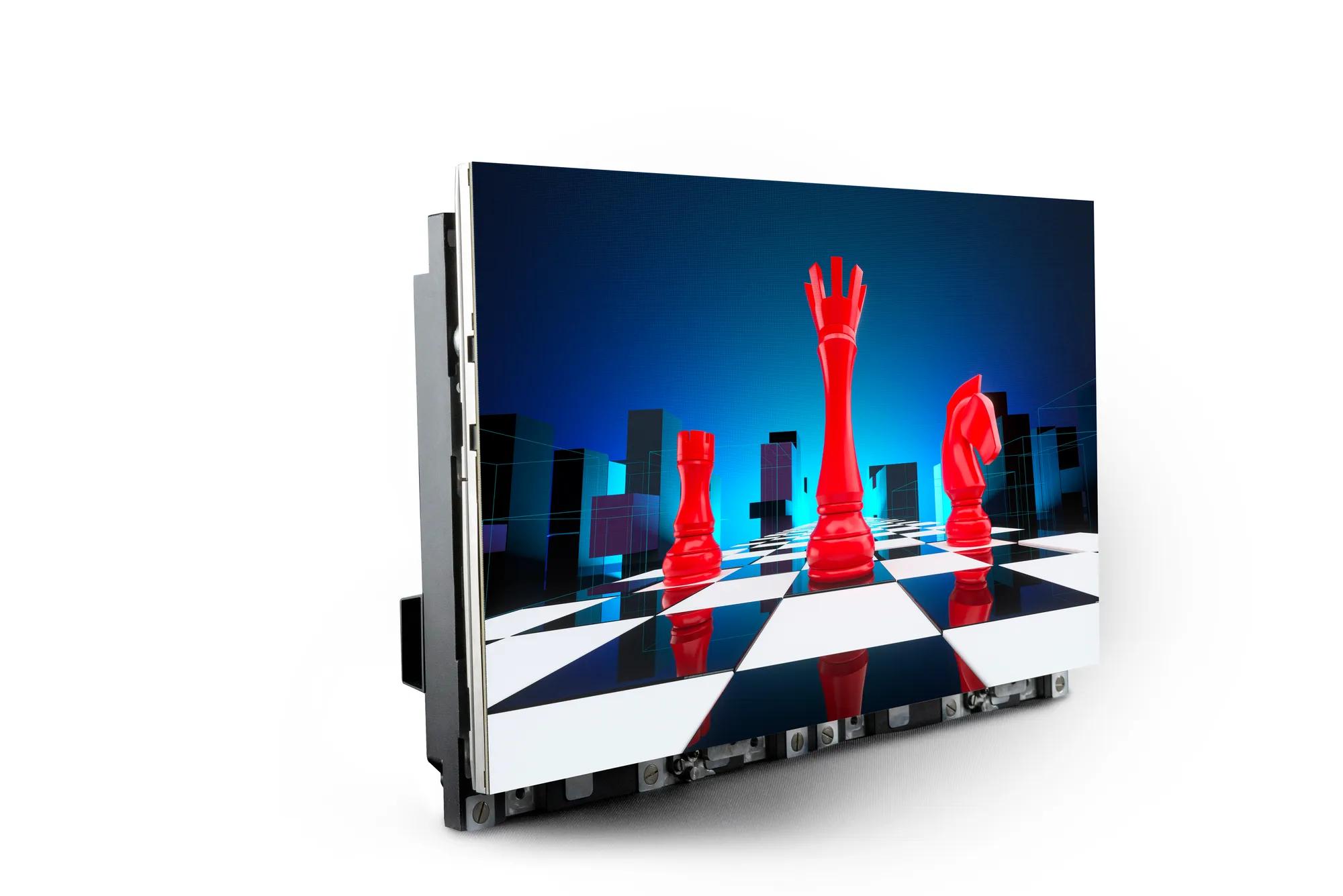Exploring the Longevity of LED Display Panels in Contrast to Traditional Display Methods
Exploring the Longevity of LED Display Panels in Contrast to Traditional Display Methods
Blog Article
LED wall panels have become progressively favored in recent years, particularly in settings like educational institutions, corporate spaces, and public spaces. These screens use LED lights (LEDs) to create bright and vibrant images. One of the most notable advantages of LED innovation is its longevity compared to conventional screen methods, such as CRT ray tubes (CRTs) and liquid display screens. Grasping the differences in lifespan and performance between these technologies can help consumers make informed choices about their screen needs.
Traditional screen technologies, like CRTs, have been present for many decades. They were frequently used in televisions and PC monitors. However, CRTs have a shorter duration, typically lasting approximately 10,000 to 20,000 hours of operation. This means that after a few years, users may notice a decline in image quality, such as fading or color distortion. In comparison, LED wall panels can last considerably longer, often exceeding 50,000 hours. This prolonged lifespan means that consumers can experience consistent functionality without the requirement for frequent substitutions.
Another crucial factor to take into account is power efficiency. LED panel panels consume less energy than traditional displays, which not only benefits the ecosystem but also reduces electricity expenses. For example, while a CRT monitor may consume approximately 100 watts of power, an LED screen can use as few as 30 to 50 W. This difference in power usage contributes to the overall durability of LED innovation, as lower power consumption generates minimal thermal energy. Excessive thermal energy can damage electrical components, leading to a shorter duration for traditional displays.
In furthermore to their extended lifespan and energy efficiency, LED wall panels also provide enhanced image clarity. They offer brighter colors and improved differentiation, making them perfect for various applications, from marketing to learning displays. The technology behind LED panels allows for a click for more broader sight angle, meaning that images remain sharp and lively even when viewed from the side. This is a significant benefit over conventional screens, which often suffer from hue deformation and diminished brightness at wider angles.
In summary, the durability of LED wall panels compared to conventional screen methods is a key factor for consumers to consider. With lifespans that can surpass 50,000 hrs, power efficiency, and superior image clarity, LED innovation provides many benefits. As innovation continues to advance, LED wall screens are probably to turn even more prevalent in various settings. Grasping these distinctions can assist people and entities make better choices when purchasing in display technology, ensuring they receive the best worth for their requirements.
